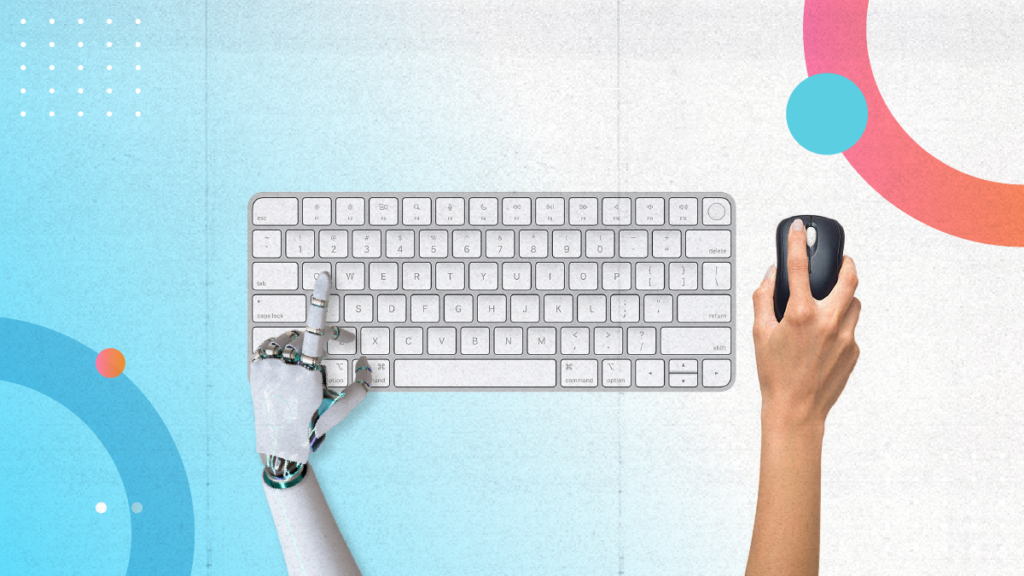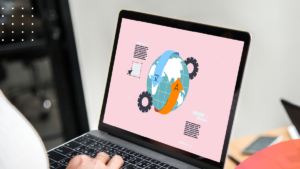AI Translation and Machine Translation: Their Hidden Flaws

Have you ever wondered about the differences between artificial intelligence-assisted machine translation (AI Translation) and conventional machine translation? We explore machine translation vs AI translation.
These technologies are here to stay. While they are both part of the larger landscape of language processing and share the goal of fostering cross-cultural communication, they have their strengths and weaknesses. Let’s explore these differences and shed some light on a topic that can be as exciting as it is complex. Ready? Here we go.
Machine Translation: A Game Changer with Limits
Machine translation is a game-changing technology designed to analyse and interpret input data in one language and produce an equivalent output in another. This innovative tool has rapidly evolved, promising quick and cost-effective language conversion in almost every situation, from everyday communication to highly specialised fields. It undoubtedly fosters cross-cultural understanding and collaboration, though ongoing research and debate continue to shape our understanding of the effectiveness and limitations of machine translation.
Optimizing Your Workflow: When Machine Translation Shines
Incorporating machine translation into a workflow involves strategic considerations to maximise its benefits while mitigating potential drawbacks. In scenarios where speed and efficiency are paramount, such as in customer service, machine translation can aid in providing multilingual assistance quickly and, in some cases, even for free. However, it’s important to be aware of potential translation errors when using machine translation for critical information. A useful tool for facilitating basic communication between languages is DeepL.
Everything changes when it comes to texts demanding translation accuracy. Here, relying solely on machine translation can be dangerous. Human knowledge, experience, and professionalism are key to avoiding major consequences caused by even the smallest of errors.
While machine translation followed by human post-editing can be a solution, it’s important to remember that machine translation engines for professional use are trained by professionals. They leverage glossaries, style guides, checklists, and various quality assurance tools to assist linguists in maintaining the highest standards while making the most of the technology available.
#OptimationalTip: MPTE (machine translation post-editing) can be great if you are looking for a cost-efficient alternative that also ensures translation accuracy, especially for projects requiring high quality and avoiding translation errors.
Considering the Limitations of Machine Translation
One of the most significant limitations of machine translation is its difficulty in capturing the subtleties of language. Nuances, idioms, and cultural context are often lost in translation, resulting in literal and often erroneous results.
Machine translation engines may struggle to capture the intended meaning of words or phrases in different communication situations, leading to translation errors and inaccuracies. Relying solely on machine translation can be risky, especially when dealing with critical or sensitive content like legal or medical documents where precise meaning is crucial.
AI Translation: A New Era for Global Communication
AI translation is here to change the game. It is a revolutionary technology that incorporates a wider spectrum of technologies like machine learning and natural language processing (NLP) compared to rule-based or statistical models used in traditional machine translation.
Machine translation is the foundation of automatic language conversion, but AI translation is the next generation. AI translation models, with their advanced algorithms, neural networks and NLP capabilities, can capture complex linguistic structures, analyse cultural references, and identify idiomatic expressions to produce more natural-sounding texts and culturally sensitive translations, minimizing translation errors and improving the quality of multilingual content.
Beyond Speed: The Power of AI Translation
The power of AI translation is undeniable. Its localisation tools can accelerate and automate workflows while enabling organisations to effectively engage with diverse audiences and expand their market reach by creating high-quality multilingual content.
A translation workflow that implements AI translation can:
- Speed up translations
- Generate multilingual content
- Localise multimedia content
- Enable personalisation
- Boost the user experience with chatbots
- Improve on-page SEO
- Provide data-driven insights
We agree, this is mind-blowing. Machines can create original content from scratch at any given time. We are not talking only about text, there are also generative AI tools for image, video or sound creation.
Nevertheless, every rose has its thorn. Despite advances, AI translation is not 100% reliable and may struggle to accurately capture subtle linguistic nuances, idiomatic expressions, and cultural context. This can result in translations that sound unnatural or fail to capture the intended meaning. AI translation requires highly specific indications, so learning how to implement it is still crucial.
#OptimationalTip: When choosing a translation partner, consider their expertise in AI translation and human review processes. Find a partner that leverages AI technology while maintaining a focus on human review and cultural adaptation. This ensures high-quality translations that resonate with your target audience.
The Future of Localisation: Language Experts in the AI Age
So, does it mean we are witnessing the end of the translator’s craft? Well, we could say that we are experiencing the end of the translation workflow as we know it.
The field of natural language processing (NLP), which uses machine learning or neural networks, relies heavily on a specialised area called computational linguistics. This means that language experts, not just AI specialists, play a crucial role in training the artificial intelligence used in language models. AI training data services are a new kind of language services that emerged with the rise of artificial intelligence. These services rely solely on the expertise of language specialists.
Even after AI takes over content generation, the human touch remains essential for a quality product. Generative tools like ChatGPT are powerful but need to be supervised. What is more, artificial intelligence sounds, indeed, artificial and lacks the unique voice that resonates in global markets. This is where language experts come in. They can refine your AI-generated content to ensure it reflects your brand voice, avoids legal pitfalls, and minimizes data risks.
Machine Translation vs AI Translation: Innovation with a Human Touch
Machine translation and AI translation have revolutionised the translation game, but they are mere tools. Professional quality assurance services ensure consistency, accuracy, data security and, of course, the human touch. It is creativity and cultural understanding which ultimately prevent your message from getting lost in translation or having a robotic undertone.
If you are looking for the perfect mixture of cutting-edge technology and unmatched expertise of professional language services, we are here to help. Contact us now and let’s bring your business to new heights!


